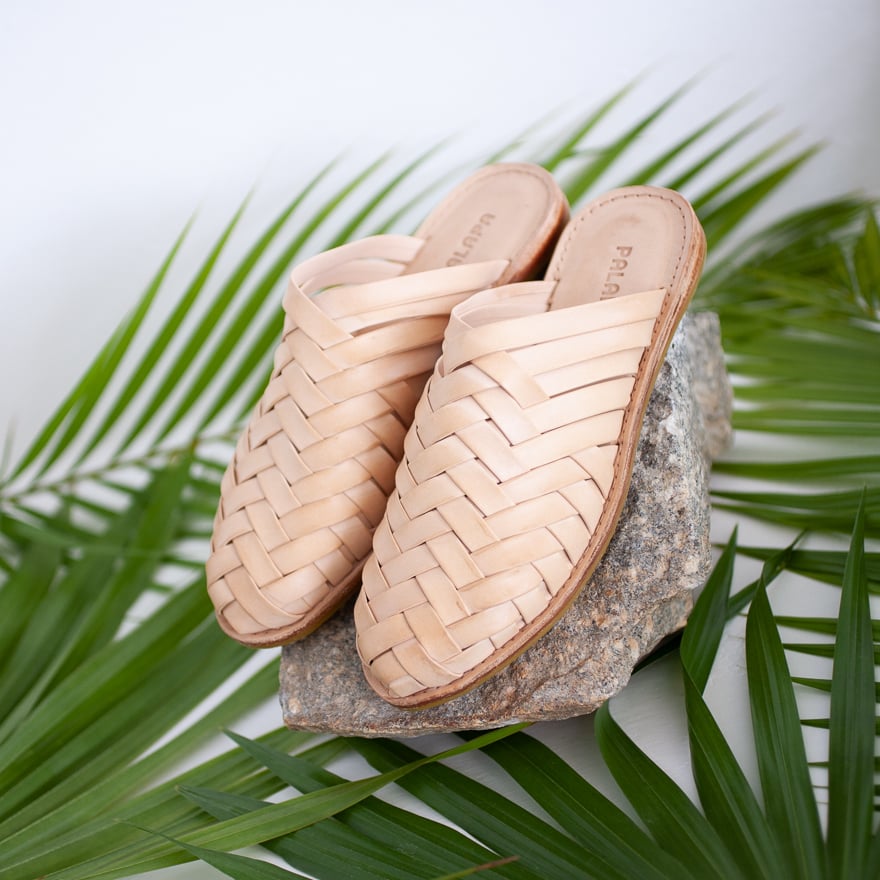Key Takeaways
- Eco-friendly sandals are a positive step towards sustainable fashion.
- Understanding the materials and production processes is crucial in choosing sustainable footwear.
- Consumer demand drives the market towards more ethical practices.
- Maintaining and disposing of sandals responsibly is as important as the purchase.
- Future sustainable footwear will continue to be shaped by technological advancements.
What Makes a Sandal Eco-Friendly?
The quest for the perfect pair of sandals begins when the sun graces us with its presence and the world blooms with spring and summer colors. However, the modern shopper is not just looking for beauty and comfort; sustainability has become a crucial part of their criteria. Eco-friendly sandals offer an opportunity to make a fashion statement that speaks volumes about one’s environmental commitment. They are generally made from natural or recycled materials sourced through sustainable practices or designed to reduce waste. From organic cotton and recycled rubber to upcycled plastics, each material selection is part of a crucial effort to lower the footwear’s environmental impact.
Moreover, the production process of eco-friendly sandals often involves a lower carbon footprint, responsible waste management, and fair labor practices. True sustainability comes from scrutinizing the entire lifecycle of the sandal, from design to disposal. Therefore, identifying which companies invest in these practices versus those that engage in greenwashing, making unsubstantiated or misleading claims about environmental benefits is vital in becoming a conscious consumer. Brands that transparently share their practices and corporate social responsibilities offer consumers the clarity to make informed purchasing decisions.
Environmental Impact of Footwear Production
The traditional process of crafting a sandal is often resource-intensive and polluting. The first step in the production process is extracting raw materials, some of which(like leather)come from expensive, ecologically harmful procedures. For example, the tanning and dyeing of leather involves chemicals that can harm ecosystems if not appropriately managed. Even synthetic materials, though devoid of animal products, can be just as detrimental. They’re derived from fossil fuels and, once disposed of, are not biodegradable, lingering in landfills for hundreds of years.
In assessing the carbon footprint of sandals, one must consider the amount of energy required for production, the transportation emissions from global supply chains, and end-of-life disposal. Traditional sandals can leave behind a significant environmental footprint. However, consumers drive demand for sustainable products and practices by opting for eco-friendly alternatives. These include using renewable energy in production, minimizing transportation by sourcing materials locally, and implementing take-back programs for recycling.
Consumer Choices and Sustainability
The slightest modification in consumer behavior can have a profound impact. By choosing sandals marketed as environmentally friendly, consumers demonstrate to the industry their preference for sustainability. However, discerning whether a product truly adheres to ecological standards necessitates research. Responsible consumers can utilize various tools and certifications, such as the Eco-Certified label or the B Corporation certification, to identify genuine eco-friendly products. Furthermore, engaging with companies to inquire about their practices and supporting those who prioritize the environment can help shape the industry.
Learning to spot the signs of sustainable production is also part of being a mindful consumer. Many companies now use transparency in their marketing, sharing information on how their products are made and who makes them. This transparency allows for the traceability of the product’s journey from the raw material to the storefront. When such information is easily accessible and verifiable, consumers can trust that their choice contributes positively to the sustainability movement. In addition, opinion leaders and fashion influencers often spotlight ethical brands, guiding consumers toward more eco-conscious choices.
Caring for Your Eco-Friendly Sandals
Once a pair of eco-friendly sandals is in a consumer’s hands, the journey towards sustainability is still ongoing. By keeping these shoes well-maintained, their lifespan may be significantly increased and their environmental effect reduced. It includes routine cleaning with environmentally friendly products, diligent storage practices to avoid damage, and seeking repairs instead of replacements whenever feasible. Some brands also offer services or suggestions on how to care for their products sustainably, which can be a valuable resource for consumers.
When it’s time to part with a beloved pair of sandals, considering eco-friendly disposal options becomes paramount. Some companies offer recycling programs where old shoes can be repurposed into new products. This circular approach prevents sandals from ending up in landfills and gives them new life. Additionally, donating shoes still in good condition to charitable organizations supports the environment and individuals in need. As consumers increasingly engage in these sustainable practices, they encourage brands to consider the entire lifecycle of their products, leading to innovations that facilitate longer wear and recyclability.
The Future of Fashion: Trends and Innovations in Sustainable Footwear
Sustainably, innovators and entrepreneurs are constantly seeking the next breakthrough to reduce footwear’s environmental impact even further. A future where fashion and nature coexist happily is heralded by the introduction of resilient, environmentally friendly materials like Mylo, derived from mushroom roots, and Piñatex, a natural leather substitute manufactured from pineapple leaf fibers. These efforts are a beacon of hope for a cleaner, greener fashion industry that doesn’t sacrifice the planet’s health for aesthetic appeal. With a burgeoning consumer base eager for sustainability and transparency, eco-friendly sandals are the first step on a much longer journey towards a more ethical and environmentally sound fashion landscape.
As the fashion industry grapples with its impact on the planet, every choice and innovation adds up. Consumers with knowledge and a commitment to sustainability can transform their values into action with every purchase. What was once a niche market for eco-friendly sandals is now becoming an integral part of the mainstream fashion industry. Even if the path to total sustainability is convoluted, it is paved with the decisions made by people and organizations committed to changing the world.

